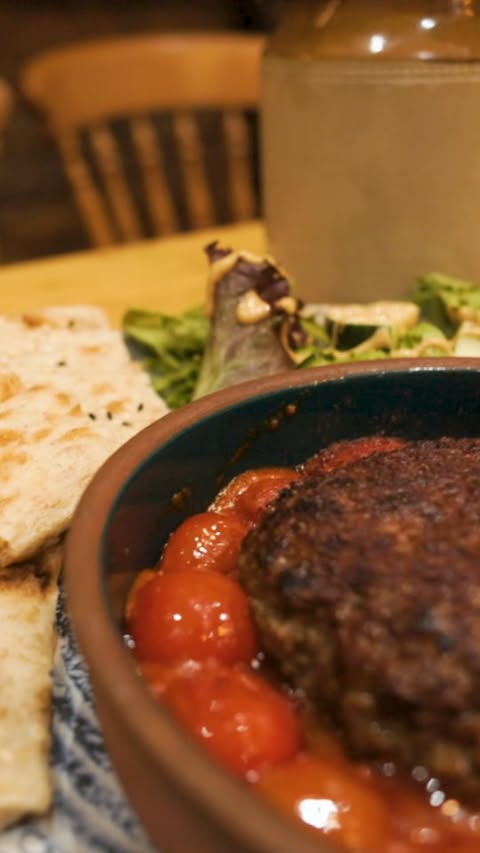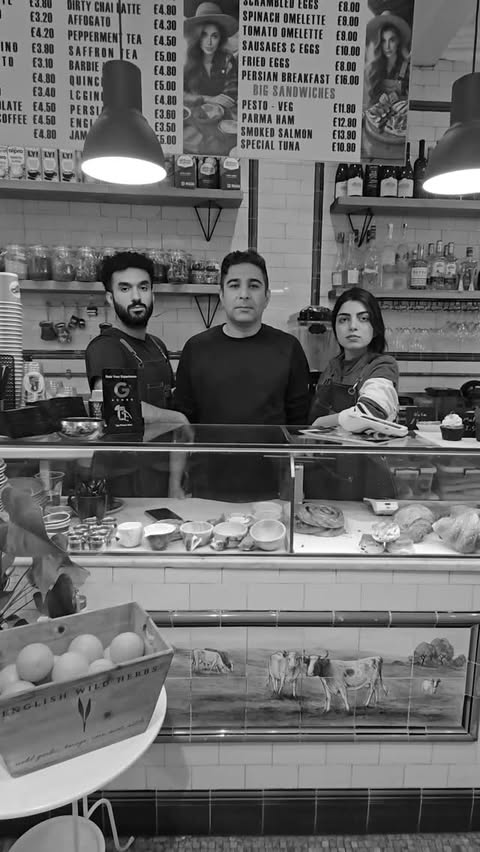
In the picturesque landscapes of the United Kingdom, nestled amidst rolling hills and verdant fields, the 19th and 20th centuries witnessed the quaint emergence of village cafés. These rural retreats, often overlooked in the grand narrative of British history, played a pivotal role in the social and cultural fabric of farmer villages.
The Dawn of Village Cafés
The concept of a café in rural UK began in the late 1800s. Initially, these establishments were modest, often part of a local shop or inn, providing a warm nook for villagers and farmers. The primary clientele were local farmers, labourers, and their families who sought a place for relaxation and socialization after a long day’s work.

The Heart of Community Life
By the early 20th century, these cafés had evolved into integral community hubs. They hosted a variety of social events, from informal gatherings to planned events like poetry readings and local meetings. This era saw the café as a melting pot of ideas and discussions, often fueling community initiatives and collaborations.
The Menu: A Taste of Simplicity
The fare offered was simple yet hearty. Traditional British snacks like scones, Victoria sponge cake, and biscuits were common, often accompanied by a pot of freshly brewed tea. These modest menus reflected the local produce and culinary traditions, creating a direct link between the café and the surrounding farmlands.
Architectural Charm and Decor
Village cafés of the 19th and 20th centuries were often housed in charming, historic buildings. Their interiors were cozy, with an emphasis on warmth and comfort. Wood-burning stoves, hand-crafted furniture, and locally made decorations were common, providing a rustic and homey atmosphere.
A Catalyst for Change
During times of change, such as the World Wars, these cafés served as important meeting points. They provided news updates, served as parcel collection points, and were a space where villagers could support each other during difficult times.
Legacy and Transformation
As the 20th century progressed, some of these rural cafés adapted to changing times, introducing modern amenities while retaining their traditional charm. Today, they stand as nostalgic reminders of a bygone era, offering a glimpse into the past and continuing to serve as cherished community spaces.
In conclusion, the village cafés of the 19th and 20th centuries in the UK were more than just places to eat and drink; they were the heartbeats of rural communities, fostering social connections and preserving local traditions. Their legacy continues to enchant visitors and locals alike, offering a peaceful escape and a taste of the rich cultural tapestry of rural Britain.












